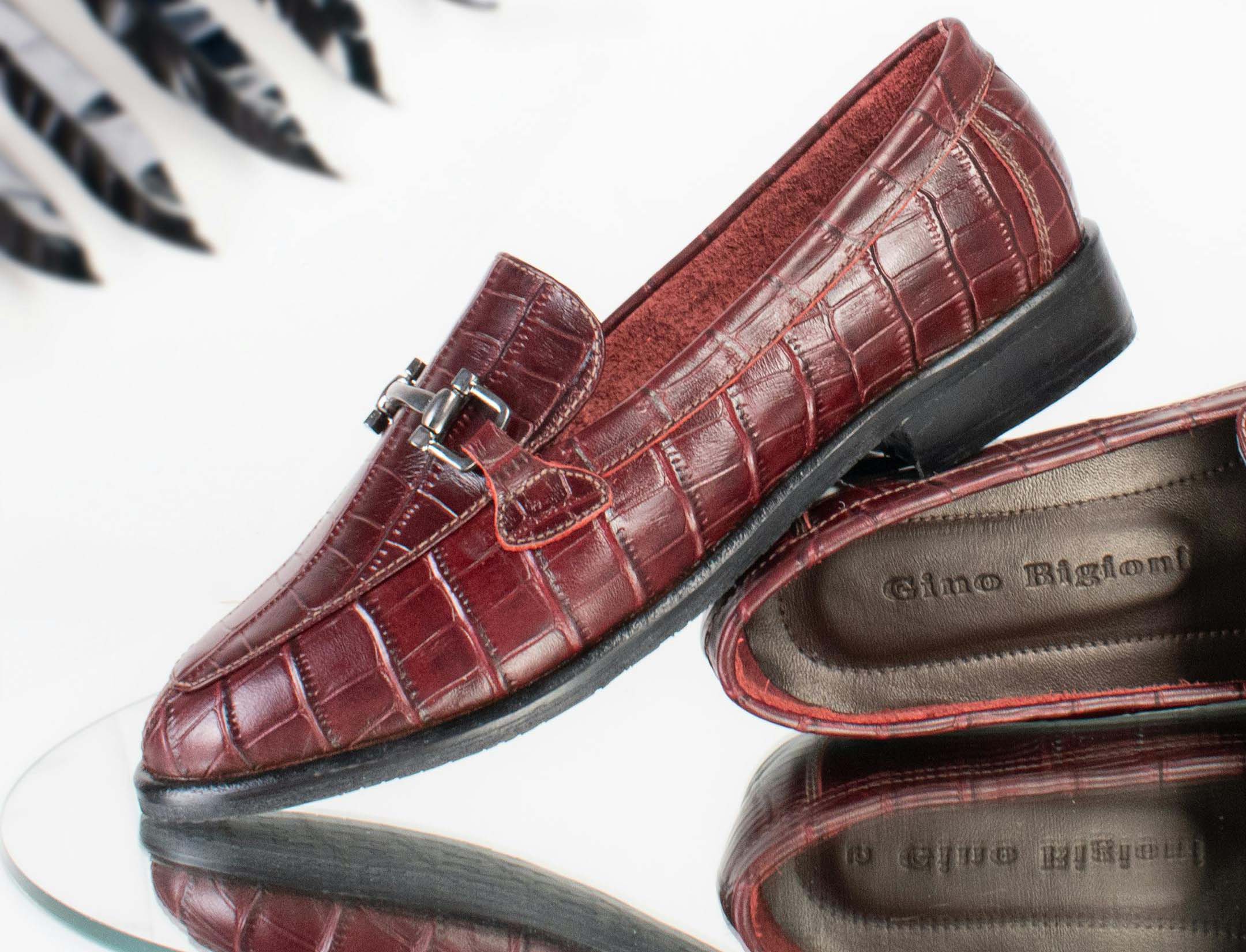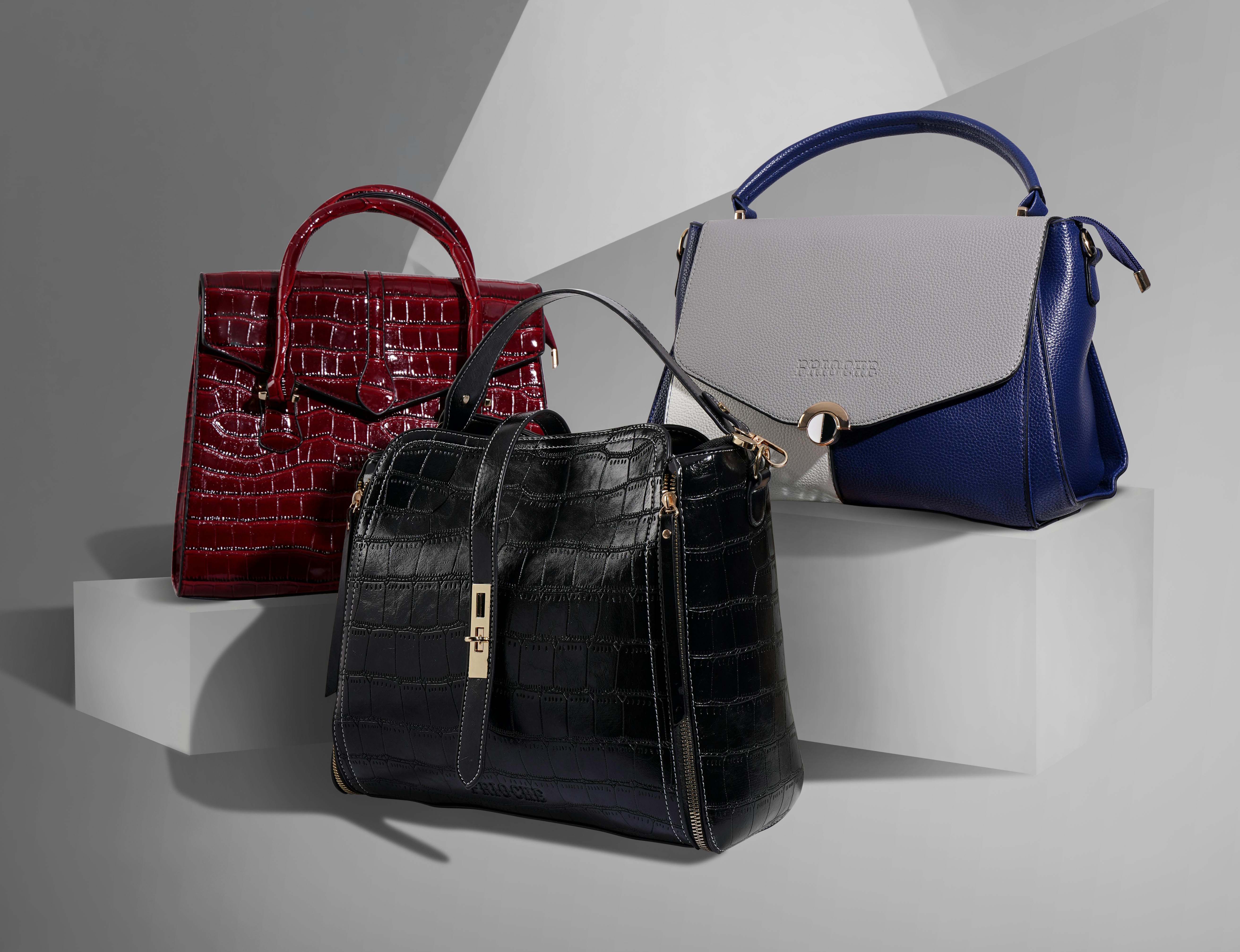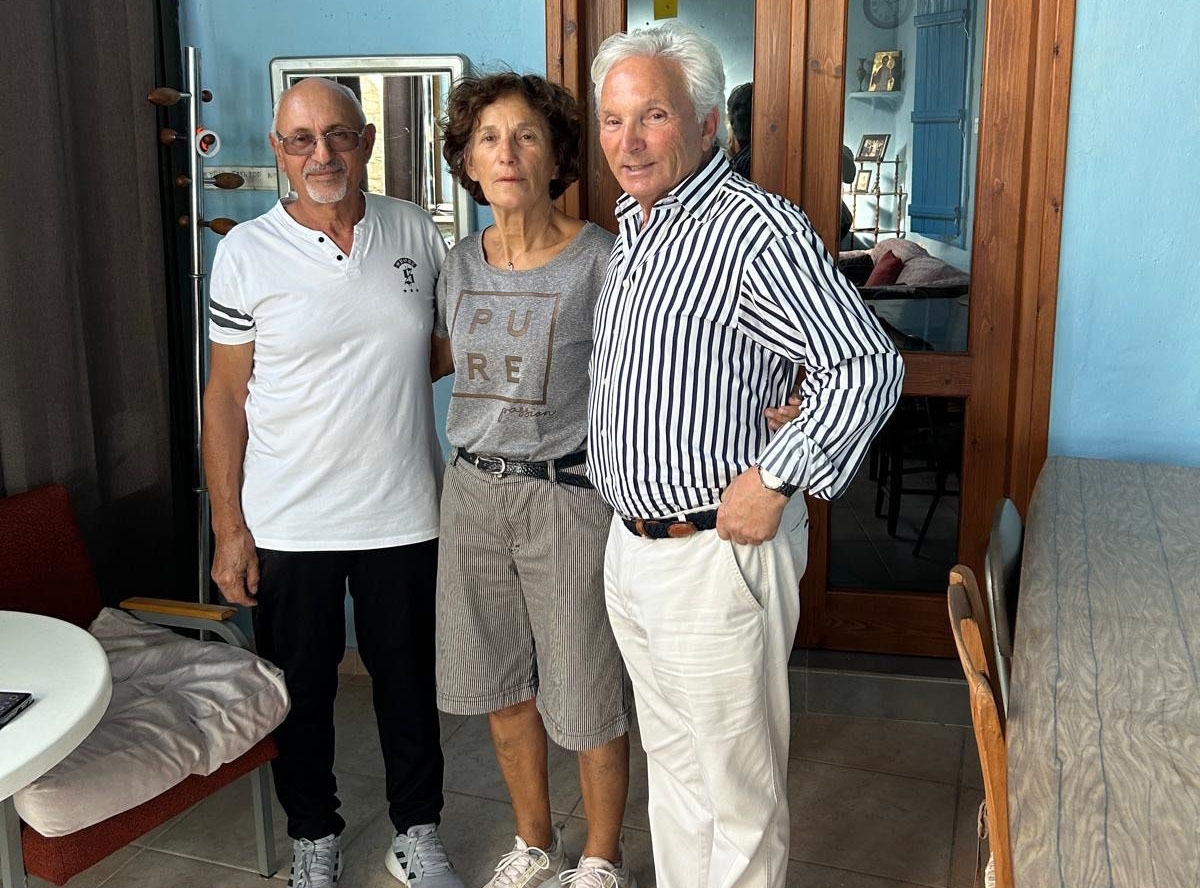Even as the tide turned for fur, crocodile leather kept selling in high-end fashion. But for how much longer?
By Rachel Lamarche-Beauchesne
Dotted across northern Australia are 21 saltwater crocodile farms, home to around 130,000 crocodiles. Their skins are turned into crocodile leather, long sought for use in luxury handbags, belts and other items.
While fur lost favour due to welfare concerns about animals such as mink, chinchillas and arctic foxes raised for their skins, crocodile leather has kept selling. Australia dominates the global market of saltwater crocodile skins, producing almost 60 per cent of all such skins traded internationally.
But the industry now faces real headwinds. Major retailers and fashion events in Australia and internationally are phasing out or banning crocodile and other exotic skins due to growing concerns over animal welfare.
Early animal rights activists in the 19th century focused on feathers due to concern about the enormous environmental damage done by plume hunters killing ostriches and egrets. Only later did activists turn their focus to fur.
In the early 20th century, countries such as the United States and Britain enacted bans or restrictions on feathers. In this century, sentiment has largely turned against wearing real fur, though faux fur and vintage fur are still popular.
But even as feathers went out of fashion, new animal products were arriving. By 1928, exotic skins such as crocodile, alligator and snake began commercialisation in Europe and the US. By the 1970s, they were widely used in fashion.
That looks to be changing.
By 2026, Australian department store David Jones will phase out all exotic skins, including ostrich, crocodile, alligator, lizard and snake. The move builds on the company’s existing animal welfare policies, which already prohibit the sale of fur, angora rabbit wool and foie gras (duck or goose liver).
The 2025 Melbourne Fashion Festival will also ban exotic leathers, while London Fashion Week will be the first of the Big Four fashion weeks to follow suit.
In recent years, the kangaroo leather industry has also come under pressure due to concerns over animal welfare. California banned it altogether, and a full US ban is under consideration.
Feathers are also under increasing scrutiny, with fashion weeks in Copenhagen, Helsinki and Melbourne announcing feather bans starting this year.
These decisions reflect a growing shift toward ethical fashion, driven by consumer demand and rising awareness of animal welfare.
Crocodile leather is described as an “exotic” skin, even though saltwater crocodiles are native to Australia.
Crocodile farms operate by harvesting eggs from the wild and raising the animals in captivity. In the wild, they are protected from hunting. But in farms, they are legally considered stock or production animals, which means they lose these protections.
But a more animal-centric perspective on how animal-derived materials are produced for fashion is developing.
Skin hunters nearly drove the saltwater crocodile to extinction in Australia. An estimated 300,000 animals were killed for their skins between 1945 and 1970. Saltie populations fell as low as 3,000 animals before authorities acted.
Freshwater crocodiles, too, were hunted for their skins from 1959. After both species were protected in the 1970s, their populations rebounded.
In 1975, the international Convention on International Trade in Endangered Species of Wild Fauna and Flora on trading endangered animals came into effect, in part to regulate the trade of exotic animals in luxury products.
But this agreement doesn’t rule out uses for fashion.
As the website of one Australian crocodile farm states, crocodiles are a “natural renewable resource with considerable potential for sustainable commercial use”.
Trends in fashion heavily influence how crocodiles are farmed. While saltwater crocodiles can live up to 70 years in the wild, it takes three to four years for a crocodile to reach 1.5 metres, at which point their skins can make larger fashion items.

But in recent years, crocodiles have been slaughtered at around two years. Their smaller skins are used for smaller accessories.
Animal welfare organisations such as the RSPCA have long opposed the practice.
In 2023, the federal government announced an update of the code of humane treatment of wild and farmed crocodiles to incorporate new science and techniques, according to Environment Minister Tanya Plibersek. The updated code was expected late last year but has not been released.
In response, NT Crocodile Farmers Association chief Jodi Truman said the industry “supports independent audits to ensure humane treatment”.
While commercial operators and governments plan to expand, there are now real barriers to the industry’s growth.
For decades, animal derived products such as fur, feathers and leather have been prized in fashion. But consumers are increasingly less comfortable with how these products are made. That’s the thing about fashion – it changes.
Rachel Lamarche-Beauchesne is Senior Lecturer in Fashion Enterprise, Torrens University Australia. This article is republished from The Conversation under a Creative Commons licence







Click here to change your cookie preferences